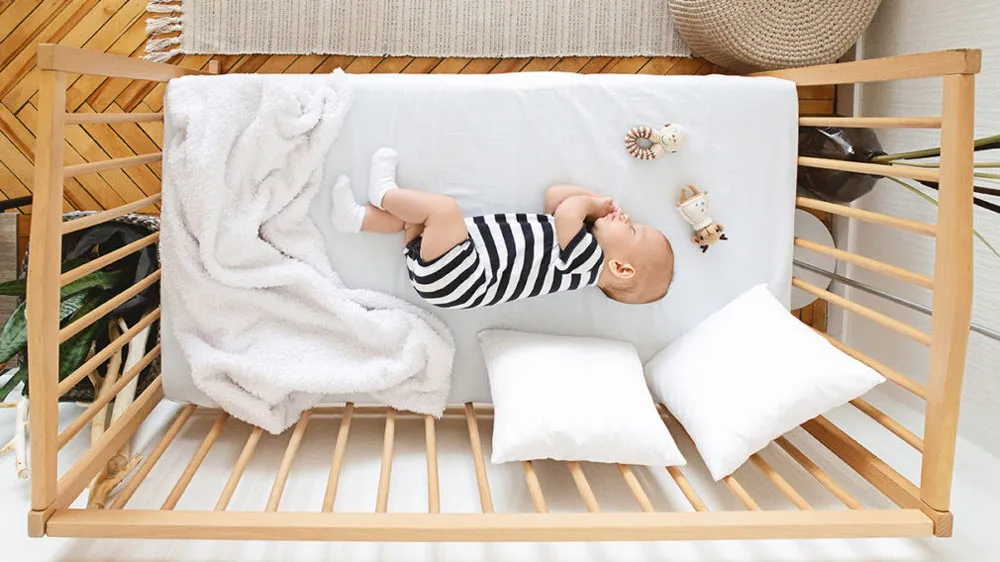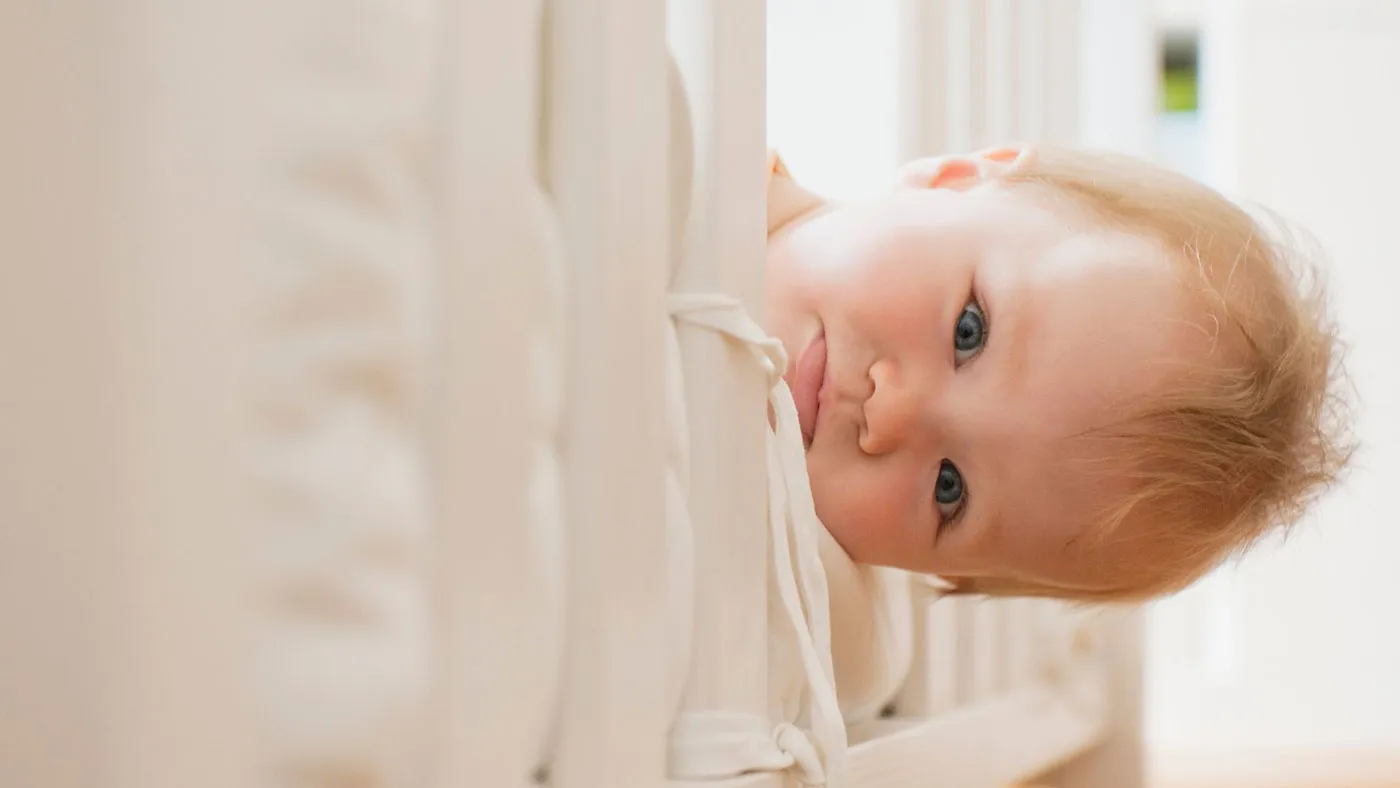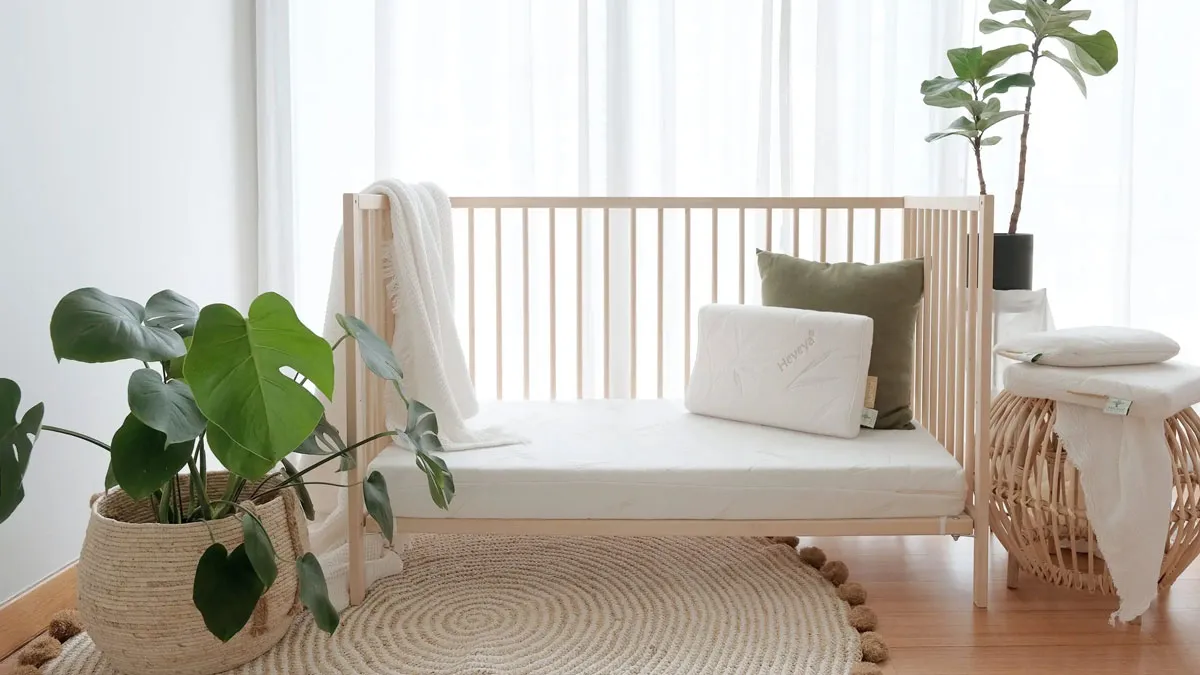Cot Mattress Sizes in Australia – A Complete Guide
Let's discuss something that might seem simple but confuses many new parents: cot mattress sizes in Australia. Trust me, getting the right size isn't just about making your nursery look neat; it's about creating a safe sleep space for your little one.
Here's what you really need to know about all the cot mattress sizes in Australia.
| Mattress Type | Size (Length x Width) | Best For |
|---|---|---|
| Standard Cot | 130 cm x 69 cm | Most Australian homes |
| Compact Cot | 108 cm x 53 cm | Apartments, small nurseries |
| Bassinet/Cradle | 40 cm x 80 cm | Newborns (0-4 months) |
| Travel Cot | 100 cm x 70 cm | Portable/occasional use |
| Large Cot | 131 cm x 75 cm | Extended use (up to 4 years) |
The standard Australian cot mattress measures 130 cm x 69 cm, and there's a good reason why this size dominates the market. It fits most rectangular cots perfectly and will serve your infant well until they're ready for a big kid bed (usually around 2-3 years old). If you're shopping at major retailers like Baby Bunting or even IKEA, this is the size you'll see most often.
Compact cot mattress - perfect for smaller spaces
Are you living in an apartment or working with a smaller nursery? The compact cot mattress (108 cm x 53 cm) might be your best friend. It's becoming increasingly popular in urban areas where space is at a premium, and guess what? It works just as well as its bigger sibling to keep your baby safe and comfortable.
Other Cot Mattress Sizes, you Might Come Across some stores in Australia:
- Bassinet/Cradle: Around 40 cm x 80 cm (always check your specific model).
- Travel Cot: Typically 100 cm x 70 cm (but varies by brand).
- Large Cot: Some brands offer 131 cm x 75 cm options for more prolonged use.
The perfect fit - why it matters more than you think
Here's something that keeps safety experts up at night: gaps between the mattress and cot sides. Red Nose Australia is clear on this - you should never see more than a 20mm gap between your mattress and the cot frame. That's about the width of your thumb; trust me, it's not a random number.
How Thick Should Your Mattress Be? This is where a lot of parents get confused. Those super-plush, thick mattresses might look comfy to us, but they're unsafe for babies. Here's what you need to know:
- Ideal thickness: 8-14 cm for cot mattresses.
- Anything thicker can be dangerous (it makes it easier for your baby to climb out and fall while also creating unsafe gaps).
- The mattress should be firm. If it feels too hard on you, it's probably perfect for your baby!

Natural vs Synthetic materials - what's really in your cot?
Let's be honest - those fancy synthetic materials with cool-sounding names. They're often just plastic-wrapped in clever marketing. Despite promises of advanced technology and superior comfort, these synthetic materials can trap heat, contain harsh chemicals, and aren't as breathable as natural alternatives. (Want to know a secret? Companies spend more on naming these materials than improving them!)
Natural safety options we love
- Organic Cotton: naturally breathable, soft, and gentle on sensitive baby skin.
- Natural Latex: ideal for temperature control and offers firm, supportive comfort.
- Coconut Coir: a naturally firm and breathable material, ensuring proper air circulation.
- Wool: excellent for moisture regulation and temperature control, though typically more expensive.
What to avoid in a baby mattress
- Synthetic Fabrics & Foam: materials like polyester can trap heat and may lack breathability.
- Memory Foam: too soft for babies, potentially unsafe, and may contain VOCs (volatile organic compounds).
- Chemical Antibacterial Treatments: these may contain harsh chemicals that could irritate a baby’s skin or respiratory system.
Before swiping that credit card, take a few minutes to review this essential checklist. (A small time investment now can save you a lot of headaches later!)
Before buying:
- Check for the AS/NZS 8811.1:2013 certification.
- Look for OEKO-TEX or GOTS certification for materials.
- Measure your cot's internal dimensions.
When your mattress arrives:
- Test the mattress firmness - press your hand firmly in the centre and edges. The surface should:
- Spring back immediately (if it stays indented, it's too soft).
- Feel firm under your palm (remember: what feels complicated to you is perfect for your baby).
-
Show no significant difference in firmness between the centre and edges.
Remember: Your newborn spends up to 20 hours a day sleeping. That's why choosing a mattress isn't just about comfort - it's about creating the safest possible sleep environment for your little one. And while those budget synthetic options might save you a few dollars, they often come with hidden costs to your baby's health and comfort.
Protectors and baby sheets - getting these right is crucial
Remember when we talked about mattress protectors and sheets in our earlier guides? Getting the correct cot mattress sizes for your accessories is crucial. They're like your mattress's best friend, but only if they fit perfectly.
And here's something most parents learn the hard way with Australian cot mattress sizes: those Cheap sheets from Kmart might save you a few dollars, but if they're not the right size, you'll end up with loose bedding—a significant safety no-no, according to pediatric professionals. Each cot mattress size needs its perfectly matched accessories.
Recommendation for your baby mattress protector:
- Get the exact size as your mattress.
- Look for fitted corners that grip firmly.
- No bunching or loose edges allowed.
- Always have three in rotation (one on, one in the wash, one ready to go).
Recommendation for your cot sheets:
- Match your mattress size precisely (use Baby Fitted Sheets).
- Skip the fancy decorative ones that might not fit snugly.
- Natural materials like cotton or bamboo work best.
- Keep 3-4 sets handy for those midnight changes.
See our detailed guides on cot mattress protectors and sheets for a deeper dive into materials, cleaning tips, and why natural fibres beat synthetic options every time. Because when it comes to your baby's sleep, every detail matters - from the size of their mattress to the fabric of their sheets.
Regarding cot mattress sizing, there's no "close enough" - it either fits appropriately or doesn't. And here's something many parents don't realise: those cute cot sheet sets you found on sale? If they're not the exact size for your mattress, they're unsafe, no matter how adorable they look.

What about the price?
Let's talk about money - because nobody likes nasty surprises at the checkout! You'll find cot mattresses at every price point in Australia, and here's the real deal about what you're getting at each level:
Budget options ($80-150):
- Usually standard size only (130 cm x 69 cm).
- Typically, polyurethane foam construction.
- Basic polyester covers.
- Found at Kmart, Big W, and yes, IKEA (looking at you, PELLEPLUTT!).
- Don't Buy These Cot Mattresses (Here's What You Need to Know).
Mid-range ($150-300):
- More size options are available.
- Better materials like high-density foam or basic spring systems.
- Cotton blend covers.
- Often include some certifications.
- Good balance of quality and value.
- Usually, it lasts the entire cot life of your baby.
Premium ($300-500):
- All sizes available, including specialised dimensions.
- Natural materials like latex or pocket springs.
- Organic cotton or bamboo covers.
- Full safety certifications.
- Excellent longevity - can often be passed down to the next baby.
- Better temperature regulation and breathability.
Super premium ($500+):
- Custom sizes available.
- Highest-grade natural materials.
- Dual-sided firmness options.
- Maximum breathability.
- All the bells and whistles.
Here's our hot take: while those $80 options from Kmart might tempt your wallet, investing in a mid-range mattress around $200-300 usually gives you the best bang for your buck. Why? Because you're getting better materials without paying for premium features that your bub honestly won't notice. But most importantly, you're avoiding exposing your baby to harmful chemicals and endocrine disruptors - remember, your infant's skin absorbs everything they come in contact with during those long hours of sleep (and yes, we mean everything!).
Remember: Just because a mattress costs more doesn't make it better for your baby. Focus on finding the right size, firmness, and safe materials in your price range. Don't feel pressured into buying the most expensive option, but don't compromise on materials that could impact your baby's health!

Achieving the ideal baby mattress size
Understanding Australian cot mattress sizes isn't just about numbers and measurements—it's about creating the safest possible sleep environment for your precious little one.
Precision is non-negotiable when selecting between standard (130cm x 69cm), compact (108cm x 53cm), or any specialised size. Those cute decorative bumpers, quilts, and plush toys might make for adorable nursery photos. Still, nothing provides more peace of mind than a perfectly cot-sized mattress with properly fitted sheets and protectors.
Before shopping, measure your cot's internal dimensions with a proper measuring tape. Write these numbers down and bring them with you—whether shopping online or in-store. This simple step can save you from the frustration of returns and, more importantly, ensure your baby's sleep safety from day one.
Remember: Every millimetre truly matters when it comes to your baby's sleep environment. The right-sized mattress isn't just about comfort—it's your baby's foundation for safe, healthy sleep during those crucial early years of development.

